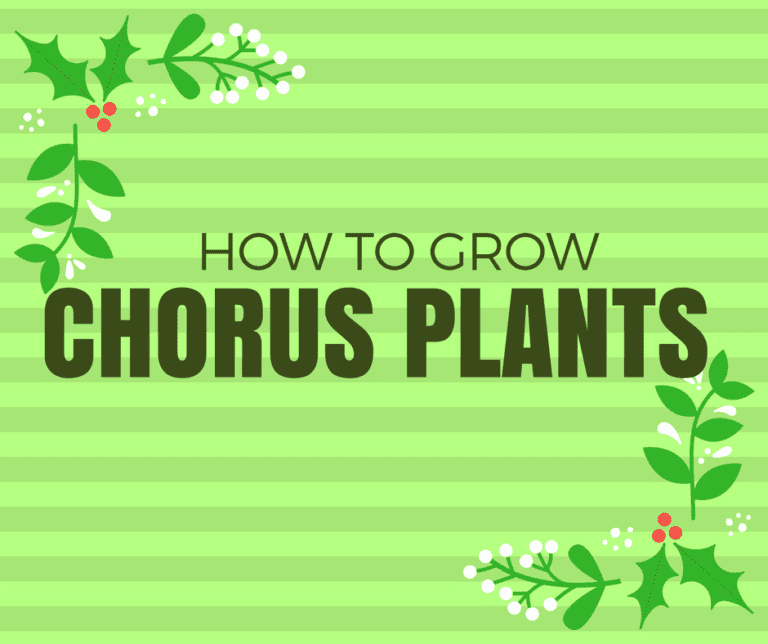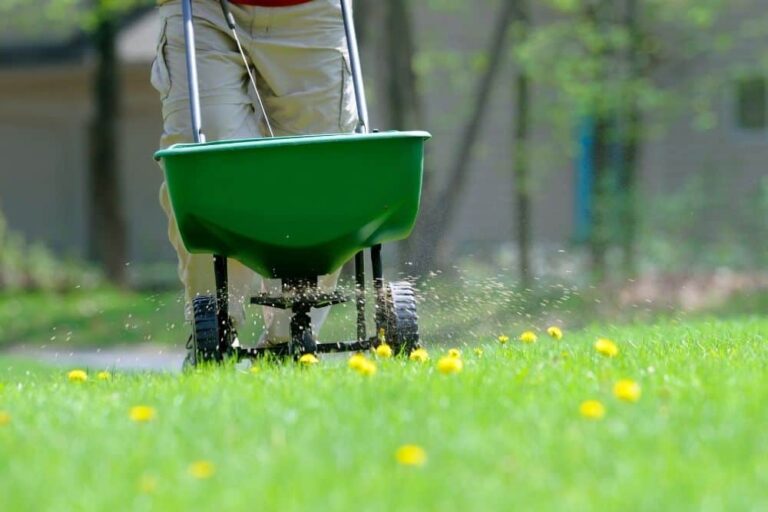Our Guide to the Best Indoor Trees Low Light
Our recommendation for the best indoor trees for low light is the Hirt’s: House Plant Wintergreen Weeping Fig Tree. However, there are plenty of other choices for you to consider should you be in the market for an indoor tree that can thrive in low light. We’ve added some of the best choices for you below, as well as various tips and info that can help you seek out the indoor low light-thriving tree that works best for you.
Our Picks for Best Indoor Trees Low Light
[wptb id="8126" not found ]The Idea of an Indoor Tree
Outdoor trees provide beautification to a world increasingly dominant by concrete and steel. So who wouldn’t want to bring a little bit of that beauty into their own home, where a little touch of nature can make a very brighten up any space, while making a bit of artistic statement in the process.
There’s one giant hurdle that you must leap, however, to have a successful tree growing experience: light. On the surface, this looks like an imposing problem. After all, trees use sunlight for photosynthesis; a limitation to this process may seem like a bad option.
Yet there are several tree varieties that exists which can not only survive in a low-light situation, but they can thrive. These trees typically have some level of heartiness which can oftentimes go beyond the realm of being cool with limited light, such as not needing a whole lot of water to survive. These aren’t ugly trees, either – they can be rather beautiful.
How to Pick up a Low Light Plant: A Video Summary
Whether or not you’re looking to put a tree or a houseplant in low light, the basics to growing the plant in low light remain fundamentally the same. As this video demonstrates, a little common sense can go a long way into helping you seek out and find a plant that works well.
Questions to Ask Before You Buy an Indoor Tree
As is the case with any plant, there are a few questions you should always ask yourself before taking the plunge on a purchasing a tree. These questions shouldn’t be taken lightly, either. Not spending a proper amount of careful consideration may represent the fine line that’s drawn between a successful growth and a total disaster.
The first step you will want to take is determining where you’re going to place your tree within your home. This is crucial because this spot may determine the trees you focus on and the trees you skip over. In the world of low light indoor trees, some varieties need a little more sun than others.
Determining the space is not just a matter of lighting, either. You’ll want to make absolutely sure you pick up a tree that can fit in your designated space comfortably and without issue. While they won’t reach an unmanageable amount upward, their branches will grow out, which could make things awkward if you don’t properly plan.
You should also figure out what kind of style of tree you want for your home. There are a host of different tree styles that exist in nature, so it shouldn’t be a surprise to find out that this diversity carries into an indoor setting. It’s a diversity great enough, proper research will allow you to find an indoor tree that fits your style to a tee.
Caring for your Indoor Tree
Even though a low light indoor tree doesn’t require much illumination, that doesn’t mean that it won’t benefit from some light source. As such, you need to make sure that your tree is near sufficient light. Fortunately, there are a lot of quality light options for you to choose from to help your tree out.
While an indoor tree is going to be relatively hardy in other ways apart from low light survival, that doesn’t mean you can just assume it will be okay with minimal care. You will have to provide routine maintenance to the tree like you would with any other plant.
Water is a primary need that you will have to keep in mind. Granted, some of the trees that can thrive indoors under low light conditions are known for being able to live on minimal amounts of water. However, this shouldn’t necessarily be looked at as leeway that allows you to slack off a bit.
If you have a thin-leafed tree, your best bet is to make sure the potting soil is moist without crossing over into the wet threshold. Like any other plant, overwatering a tree could do more harm than good. If you do have a thick-leaved tree, you’ll want to wait until the soil dries out a touch.
Your tree will give you some fairly obvious clues as to whether or not they need water. If you start noticing their leaves taking on a translucent appearance or if the edges of the leaves start curling or discoloring, then it’s time to give them a drink.
The soil also plays a huge role in the health of your tree. When you pick up your tree, make sure it’s potted in soil with good drainage, and that the tree itself is potted atop a layer of pebbles or stones so that it’s not standing in water. You’ll also want to make sure you have a means to drain any standing water from the base of the pot.
If you ever need to add soil to your tree’s base, be sure to pick up soil that’s specifically formulated for potted plants. This will ensure that you will be providing the type of well-draining soil that can prevent your tree from getting waterlogged.
Our Recommendation: Pure Garden Ficus Tree
While there are several different indoor trees on the market that can thrive in low light, the style of tree that tends to be the most prominent is the ficus tree. This is why we recommend the Pure Garden Ficus Tree, particularly for those that have never worked with an indoor tree before.
Because ficus trees are so popular, there is a wealth of information that can help guide you in this endeavor – more than any other indoor tree. This data can make the process of growing a tree in low lighting a lot more arduous, since you’re never too far removed from having important data within your grasp.
As an added bonus, ficus trees are beautiful plants whose tall, thin, almost tropical look allows it to fit right in with any decorative scheme. If you’re worried about any changes in aesthetic that the addition of a tree may cause in your home, buying a ficus tree will go a long way into easing your mind.
Regardless of what low light indoor tree you decide to roll with, this large and unique plant is going to bring the allure of the outdoors inside the confines of your own home. If you love the look of your garden, that factor alone may be the spark that spurs you into adding this lush piece of greenery to your collection.


